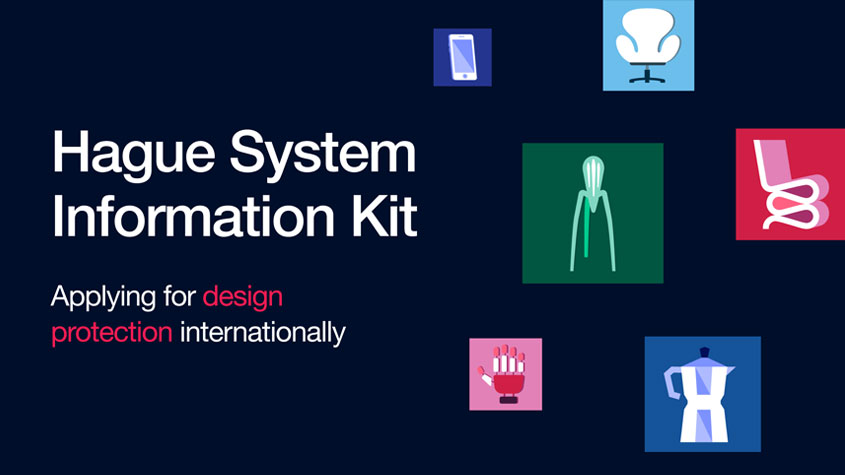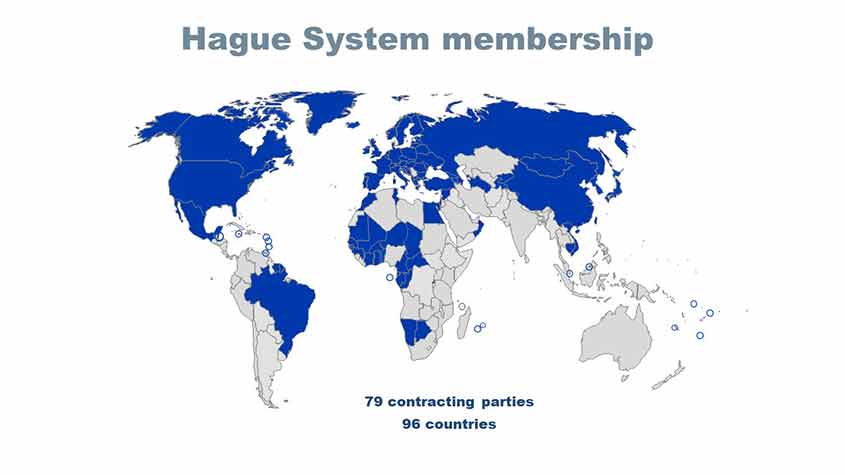How Does the Hague System Work?
WIPO's Hague System allows you to secure design protection simultaneously in multiple countries or regions through one international application, in one language with one set of fees.
There is no pre-requirement to file a national or regional design application in order to use the Hague System.
You can file an international application under the Hague System if you:
- are a national of,
- have a domicile or habitual residence in, or
- have a real and effective industrial or commercial establishment in…
...any Hague System member (referred to as “contracting party”), including any country of the European Union (EU) or the African Intellectual Property Organization (OAPI). Full list of Hague System contracting parties.
You can secure protection within any contracting party, including member states of an intergovernmental organization party to the Hague Agreement. If you wish to protect a design in a jurisdiction that is not party to the Hague Agreement, you will have to file a national (or regional) application.

Digital Information Kit
Get quick, concise and interactive information on applying for international design protection.




